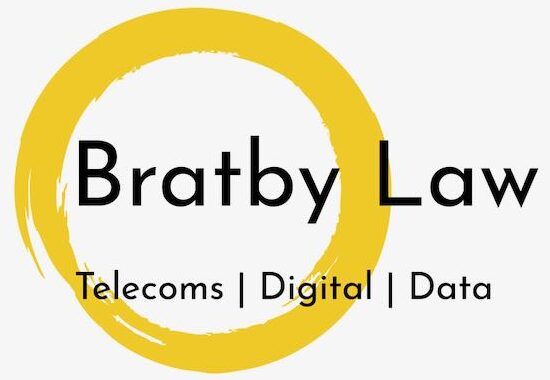In a consultation published earlier this week, Singapore’s Info-Communications Development Agency (or IDA) published a consultation on auctioning and reserving spectrum in Singapore for 4G (LTE or WiMAX) use in the in 1800 MHz, 2.3 GHz and 2.5GHz bands. (As an aside, the 2.5GHz band from 2500 MHz to 2690MHz is also described as the 2.6 GHz range by some European regulators).
Although there is no definitive commitment to set aside spectrum for a new entrant, the IDA consultation indicates that it is prepared to reserve 2 x 20MHz in the 2.5 Ghz band for new entrants only, coupled with a relaxation of the national coverage timetable to the extent there is genuine interest from a credible new entrant. Any interested parties should respond to the consultation indicating their interest.
Key points of the consultation proposals are:
Spectrum to be auctioned / reserved
- 2 x 70MHz paired spectrum in 1800Mhz band;
- 30 MHz in the 2.3 GHz band; and
- 2 x 60 MHz paired spectrum and 30MHz unpaired spectrum in the 2.5 GHz band.
In addition, spectrum will also be reserved for future allocation as follows:
- 2 x 5 MHz paired spectrum in 1800Mhz band;
- 20 MHz in the 2.3 GHz band; and
- 2 x 10 MHz paired spectrum and 20MHz unpaired spectrum in the 2.5 GHz band.
The proposal is that the spectrum would be auctioned/ reserved in 10MHz blocks.
Licence conditions
The consultation proposes that licensees will be required to offer commercially available 4G services to retail end-users in Singapore. This obligation is a national obligation, although as Singapore is effectively a city-state this is rather less onerous than in other jurisdictions, although interestingly licensees holding more than 30MHz in the 2.3 or 2.5 GHz bands will be required to provide coverage in underground MRT stations / lines and road tunnels by 2018.
Auction format
The IDA is proposing to allocate spectrum by auction, using a “Clock-Plus” auction similar to those used in Sweden and India. Each of the bands will be a separate category with generic lots of 10 MHz.
In order to balance the conflicting requirements of giving operators as much spectrum as they would ideally like with the IDA’s need to have genuine competition to maximise long-term consumer welfare, the IDA is proposing an aggregate cap of 2 x 45 MHz paired spectrum (with no cap on unpaired spectrum).
The licences auctioned will run until 30 June 2030.
Next steps
Comments are due with the IDA by 8 May
